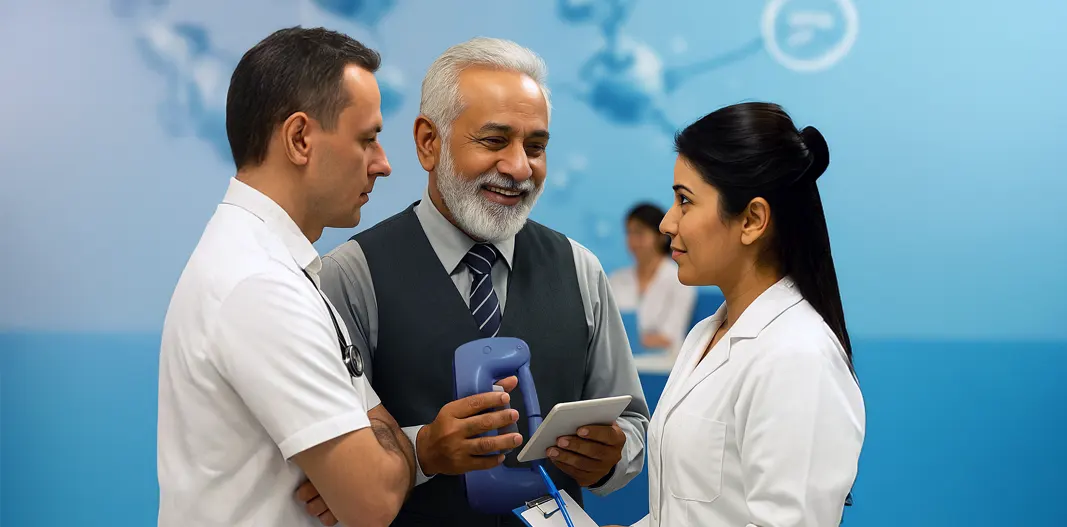
By Team DigiMuscle April 24, 2025

In the everyday hustle of clinical care, especially in physiotherapy, orthopedics, and neurology, muscle testing often sits in the background—essential but sometimes underutilized. Yet, it is one of the most informative assessments a clinician can use to understand functional status, guide treatment plans, and track recovery.
Muscle strength is a cornerstone of physical function. Weakness in specific muscle groups can indicate a range of underlying issues, from nerve compression to degenerative conditions. It also plays a central role in recovery following surgery or injury. Despite its importance, muscle strength assessment has traditionally been subjective, often relying on manual muscle testing (MMT).
Why Muscle Testing is Critical
Muscle testing helps in:
However, MMT, which relies on a clinician’s resistance against a patient’s movement, has inherent limitations. It’s subjective, especially in cases of mild weakness. A 4/5 grade might mean very different things depending on the clinician, or even the time of day.
A Shift Towards Objectivity
There’s a growing movement in healthcare towards evidence-based and outcome-driven care. This shift has made it more important than ever to have tools that offer objective, reproducible data. Muscle testing, when done with the right tools, supports that direction.
Instruments like handheld dynamometers are making muscle testing more consistent and quantitative. These devices allow clinicians to measure the actual force generated by a muscle group, removing ambiguity from assessments.
Rehabilitation and Beyond
In the world of rehabilitation, where treatment is often long-term and outcome-oriented, objective muscle testing is a game changer. For patients recovering from stroke, joint replacement, or chronic musculoskeletal issues, knowing exactly how much strength has been gained or lost is critical to refining therapy. It also helps with:
Moreover, when integrated into electronic health records, strength data helps build a comprehensive view of the patient’s progress. This can improve interdepartmental communication between orthopedists, neurologists, and physiotherapists.
The Future of Muscle Testing
As healthcare continues to evolve, the importance of standardized, reliable assessments becomes clearer. Muscle testing may have started as a basic hands-on tool, but its role today can be transformative when coupled with precision and consistency.
For clinics, adopting a culture of regular, objective muscle testing could improve patient outcomes, streamline documentation, and enhance credibility with both patients and payers. The time is ripe to rethink the place of muscle testing in daily practice—not as an optional add-on, but as a vital clinical skill backed by modern tools.